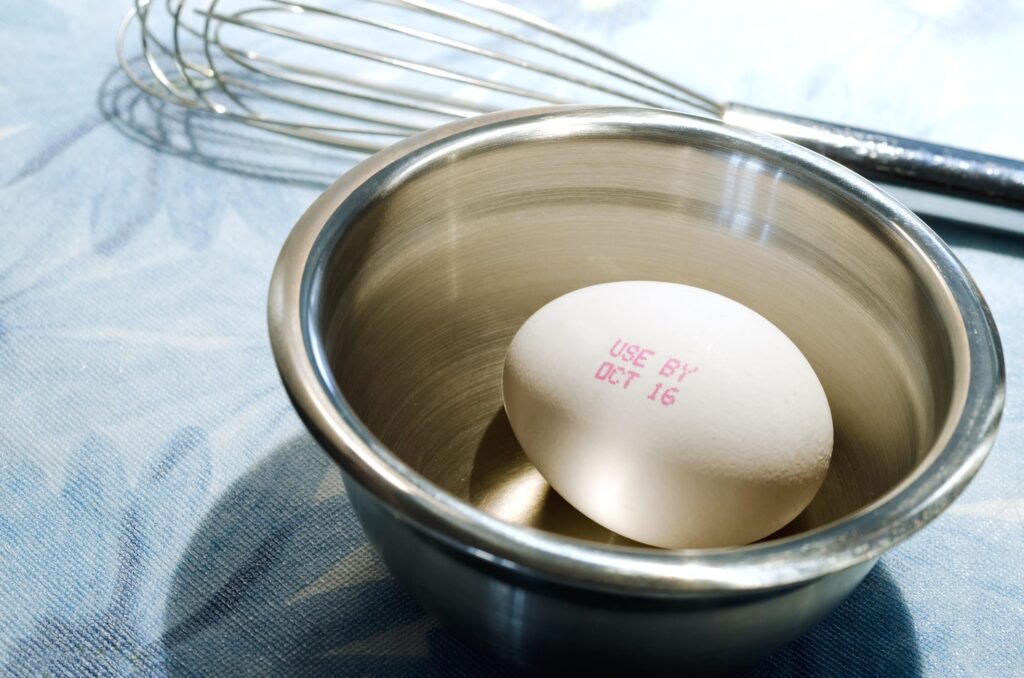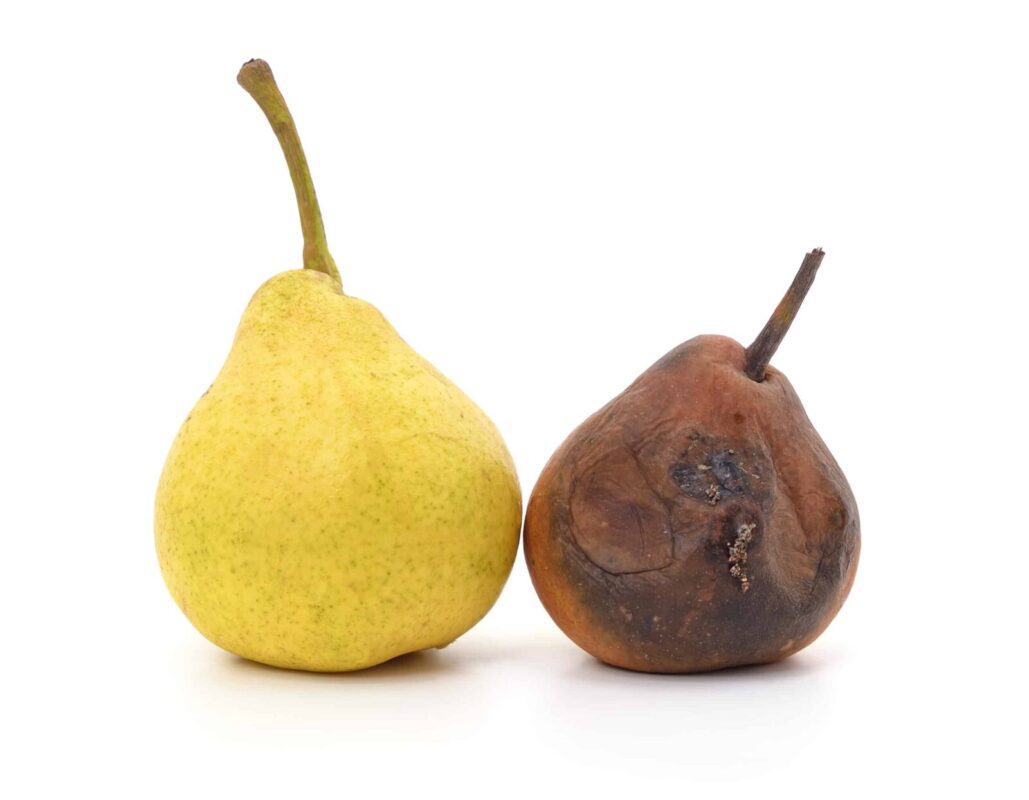Best By’ vs ‘Use By’: How to Spot Spoilage
It can be hard to know whether what’s in your fridge or freezer can just about be used to make a tasty meal, or whether it’s time to simply throw it away. Therefore, it is important that you can tell the difference between food that may be past its best by date, but can still be used, or food that has been rendered unusable due to spoilage organisms.
In supermarkets and other food businesses, this is often indicated by the label of ‘best by’ and ‘use by’ dates. ‘Best by’ dates refer to dates when food should be consumed in order to be eaten at its best quality, not necessarily when the food becomes unsafe to eat. You may also see this appear as ‘best before’- each label means the same thing.

For example, a banana may have a ‘best by’ date to correspond with when the banana is nice and yellow and is tastiest to eat. It would be safe consume the banana after the ‘best by’ date, perhaps when the banana has become slightly brown, however the quality of it may not be as good as it was at its ‘best by’.
Use by’ dates, however, refer to dates when the food becomes unsafe. For example, a yoghurt may have a ‘use by’ date. This is the date when the food must be consumed and if not, it must be thrown away. You can eat the food on the ‘use by’ date, but any time after that could result in food poisoning.
Recently, there has been movement by supermarkets to remove ‘best by’ dates in a bid to prevent food waste and be more sustainable and render the question ‘how long does food last after best buy date?’ obsolete.
Instead, customers are encouraged to discern for themselves whether the food in their home is safe to eat. Therefore, it is important that you can spot signs of food spoilage that may occur before the ‘use by’ date. When food has spoiled, it is unsafe to eat, and so if you spot signs of spoilage in your home, even if it’s before the ‘use by’ date, you must throw it away.
Spoilage organisms are those that cause visual and physical damage to food. They might cause food to change colour and release a bad odour or have soft areas of rot.
For example, a pear that has become discoloured, through the process of enzymic browning, and has soft areas of rot, would be unsafe to consume because the pear has been spoiled.

Similarly, food may have also been spoiled through physical elements. For example, food in freezers may also be spoiled through freezer burn which makes food unsafe to consume. If food in your fridge or freezer appears to be burnt by freezing elements, it is unsafe to consume and must also be thrown away.
The best way to ensure that the food in your home is safe to consume is to ensure that you store and treat it correctly. Please explore our other posts in order to learn more about food without ‘best by’ dates.
You can also access more information through our Level Two Food Hygiene and Safety course. Visit essentialfoodhygiene.co.uk to find out more.

